Did you know that your NPS passives are like untapped gold mines?
Yeah, they’re right there, but you need the right tools and strategy to turn them into loyal promoters.
Over the years, I’ve worked with countless businesses struggling to convert these lukewarm customers in NPS surveys into passionate advocates. It can be a challenge, but it’s definitely a winning strategy.
So, here is a blog in which I have explained NPS passives and practical strategies with real-world examples for transforming them into promoters.
Let’s get started.
What is NPS & What are the Types of NPS Survey Responses?
Net Promoter Score (NPS) is a metric used to gauge customer loyalty and satisfaction. It’s based on a simple question: “On a scale of 0 to 10, how likely are you to recommend our product/service to a friend or colleague?”

Customers are then grouped into three categories:
Promoters (Scores 9-10):
Promoters are highly satisfied customers who are likely to recommend the company to others. They are considered loyal enthusiasts who will keep buying and referring others, fueling growth.
Characteristics: They are typically very satisfied with the product or service, have a strong emotional connection to the brand, and are likely to exhibit repeat purchasing behavior.
Passives (Scores 7-8):
Passives are somewhat satisfied customers but are not as enthusiastic as promoters. They are vulnerable to competitive offerings.
Characteristics: They are satisfied but not loyal. They may switch to a competitor if they find a better deal or experience. Passives are often seen as neutral in their advocacy.
Detractors (Scores 0-6):
Detractors are unsatisfied customers who are unlikely to recommend the company and may even discourage others from using it. They can harm the brand through negative word-of-mouth.
Characteristics: They are typically unhappy with their experience and can be a source of negative feedback. Detractors are more likely to churn and spread negative reviews about the brand.
Read More: NPS Demystified: Identifying Promoters, Passives, & Detractors
So, NPS passives, promoters, and detractors – all constitute a survey within different limits, and the NPS passive score ranges between 7 and 8 out of 10.
How is NPS Calculated?
NPS is calculated by subtracting the percentage of detractors from the percentage of promoters.
Here’s the formula:
| NPS = Percentage of Detractors – Percentage of Promoters |
For example, if 60% of respondents are promoters and 20% are detractors, the NPS would be 40.
Companies with high NPS, like Apple and Amazon, often see strong customer loyalty and growth. Research shows that businesses with higher NPS grow more than twice the rate of competitors with lower scores.
Who are Passives in NPS & How to Identify Them
In terms of net promoter score, “passives” are customers who give you a score of 7 or 8 when asked how likely they are to recommend your product or service to others on a scale of 0 to 10.
These customers are satisfied but not enthusiastic enough to promote your business actively. If they find a better deal or service, they can switch to a competitor.
How to Identify Passives:
- Conduct NPS Surveys: Ask your customers to rate their likelihood of recommending your business on a scale of 0 to 10.
- Analyze Scores: Look for those who score you a 7 or 8. These are your Passives.
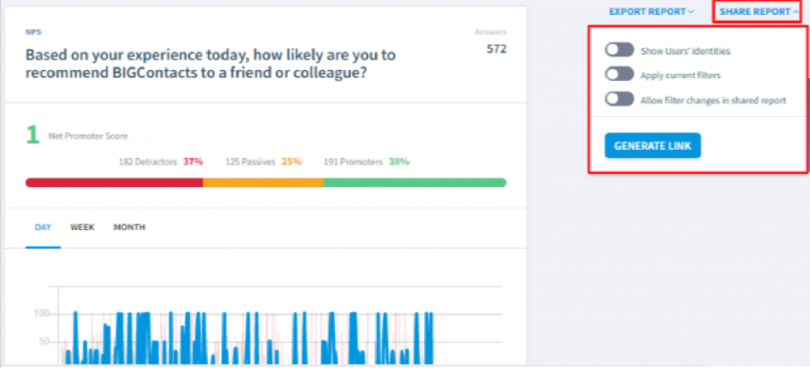
FREE. All Features. FOREVER!
Try our Forever FREE account with all premium features!
Characteristics of Passives:
- Satisfied but Not Delighted: They think your product or service is okay but not exceptional.
- Low Emotional Connection: They don’t feel a strong attachment or loyalty to your brand.
- Vulnerable to Competitors: They might switch if they find a better option elsewhere.
Also Watch: What is Customer Feedback & How to Use User Research Software
How to Turn Passive Customers Into Promoters
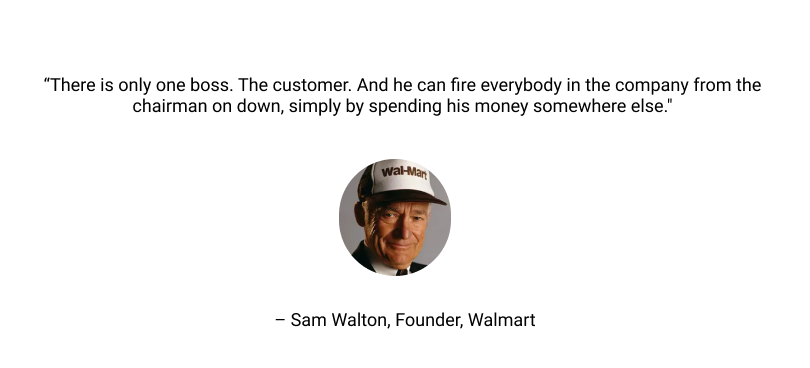
Turning passive customers into promoters involves several strategic actions to enhance their experience and engagement with your brand.
Here’s a step-by-step guide to help you achieve this:
Understand Passive Customers
Identify your passive customers through surveys, feedback, and net promoter score (NPS) data. Understand their pain points, preferences, and reasons for their neutrality.
Improve Customer Experience
Based on the feedback received, enhance the quality of your product or service, and ensure that your customer service is responsive, empathetic, and efficient for a good customer experience.
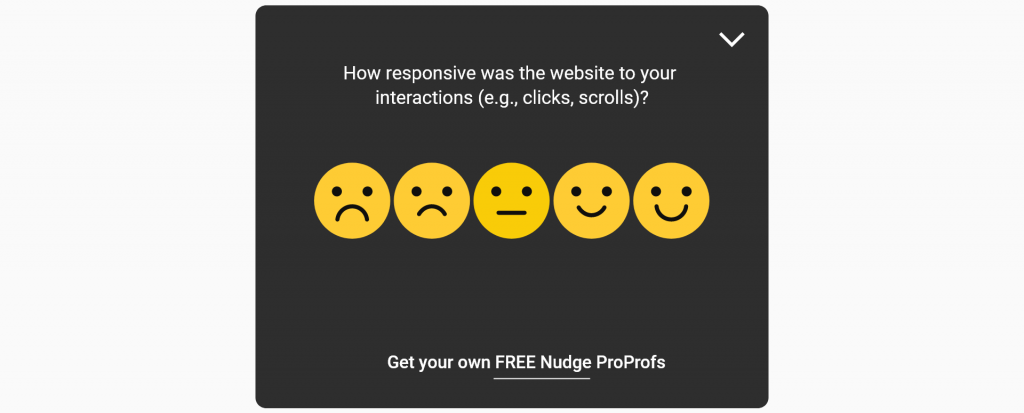
Personalize Communication
Tailor your communication to address the specific needs and preferences of your passive customers. Use personalized emails, offers, and recommendations to make them feel valued.
Engage With Valuable Content
Provide educational and engaging content that addresses their needs and interests. Webinars, blog posts, and newsletters can keep them informed and engaged with your brand.
Incentivize Feedback and Referrals
Encourage passive customers to provide feedback and share their experiences. Offer incentives such as discounts, freebies, or loyalty points for referrals and positive reviews.
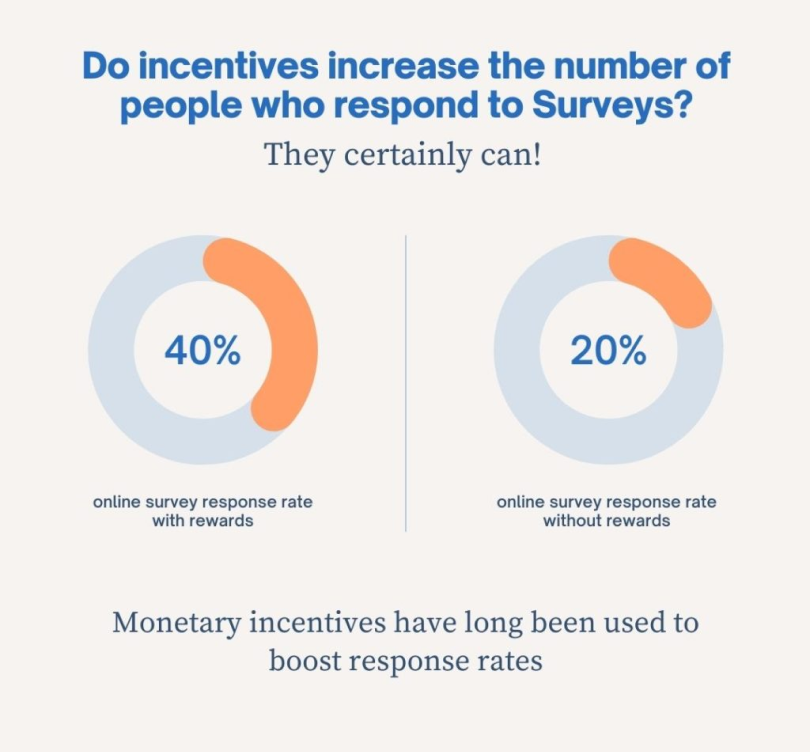
Build a Community
Create a community around your brand where customers can interact, share their experiences, and learn from each other. Social media groups, forums, and user events can foster a sense of belonging.
Monitor and Respond to Feedback
Regularly monitor feedback from passive customers and respond promptly. Show that you are committed to addressing their concerns and improving their experience.
Showcase Success Stories
Share testimonials and case studies of other customers who have had positive experiences with your brand. This can inspire confidence and trust among passive customers.
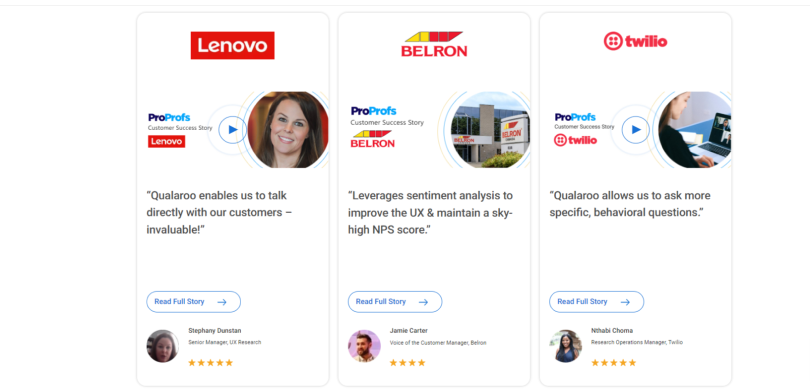
Offer Exceptional Customer Support
Ensure your customer support team is trained to provide exceptional service. A positive interaction with customer support can turn a passive customer into a promoter.
Measure Progress
Regularly track the NPS and other customer satisfaction metrics to measure the effectiveness of your strategies. Adjust your approach based on the data and feedback you receive.
Why Do You Need to Focus on the Passives?
Focusing on the passives in NPS is essential for several reasons:
- Opportunity for Improvement: Passives (those who rate 7 or 8) are on the fence. They aren’t fully satisfied to promote your brand but aren’t dissatisfied enough to detract. This segment represents a prime opportunity to convert them into promoters with targeted improvements.
- Early Warning System: Passives can signal potential issues. If not addressed, they might become detractors. Identifying common concerns among passives can help preempt larger problems that could affect your overall NPS.
- Revenue Growth: Passives are more likely to spend money than detractors. Addressing their concerns and improving their experience can increase their likelihood of repeat purchases and upsells.
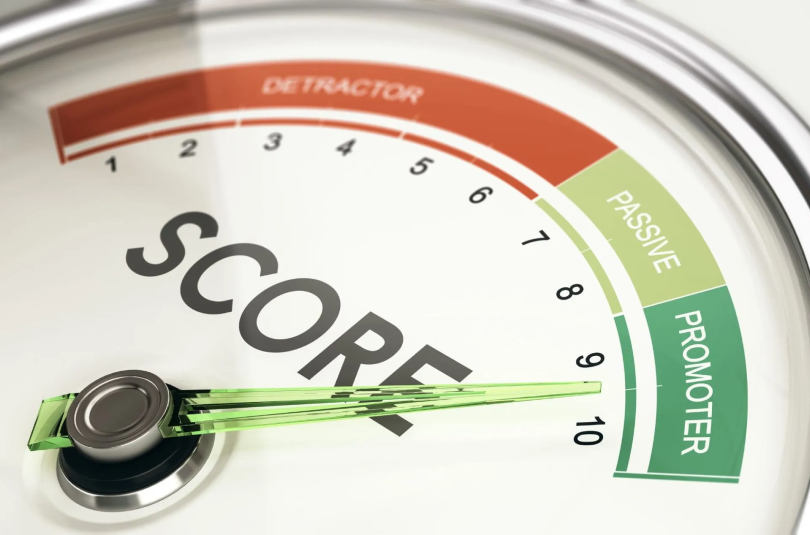
- Balanced Feedback: While promoters provide positive feedback and detractors highlight areas needing improvement, passives often offer balanced, constructive feedback. This insight is invaluable for making well-rounded, strategic decisions.
- Word-of-Mouth Influence: Passives might not actively promote your brand, but they can influence others’ perceptions. Improving their experience can turn their neutral stance into positive word-of-mouth or at least reduce the risk of negative comments.
Also Read: How (& Why) To Follow up With NPS Survey Detractors | Blog
Why Turn Passives Into Promoters?
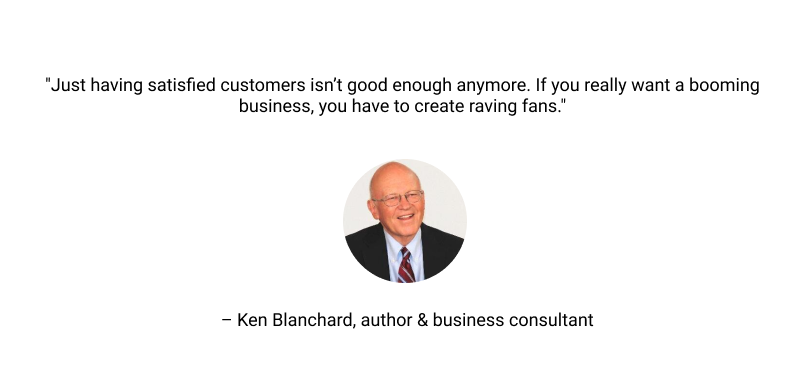
You can take the opportunity to turn NPS passives into promoters in a survey for the following reasons:
Customer Loyalty
Engage passive customers more deeply to increase their loyalty. Loyal customers are more likely to continue purchasing from you and less likely to switch to competitors.
Higher Revenue
Convert passives into promoters to impact your bottom line directly. Promoters spend more, purchase additional products or services, and bring in new customers through positive word-of-mouth.
Customer Retention
Focus on the needs of passives to prevent churn and maintain a stable customer base. Satisfied customers are less likely to leave for competitors.
Brand Reputation
Encourage passives to become promoters who actively recommend your brand to others, significantly enhancing your brand’s reputation and attracting new customers.
Valuable Feedback
Leverage the insights from passive customers to improve your products or services. Addressing their concerns leads to enhanced offerings and a better customer experience.
Competitive Advantage
Convert passives to promoters to gain an edge in a competitive market. Promoters defend your brand against competitors and advocate for it in social settings.
Reduced Marketing Costs
Turn passives into promoters to achieve cost-efficient marketing. Promoters bring in new customers through referrals and positive reviews, reducing the need for extensive marketing efforts.
High Employee Morale
An increase in the number of promoters can reflect a healthy company culture and satisfied customers, which can boost employee morale and productivity. Happy customers lead to a more motivated and engaged workforce.
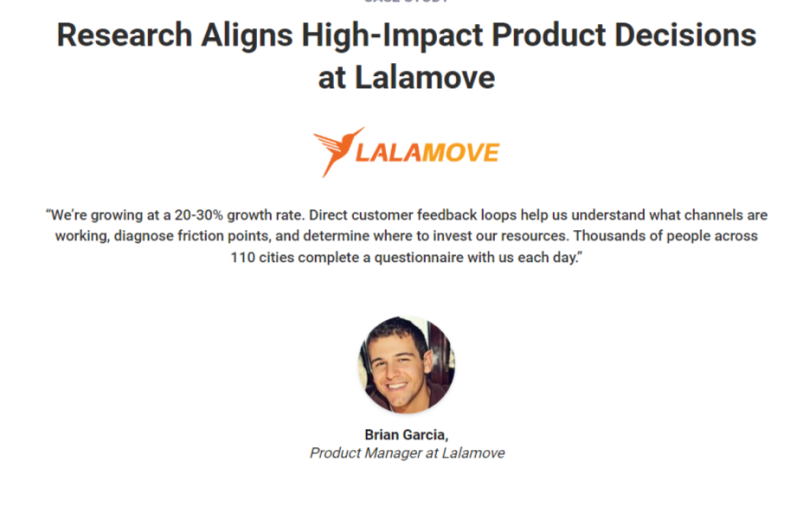
FREE. All Features. FOREVER!
Try our Forever FREE account with all premium features!
Boost Your Conversions & ROI By Turning Passives into Promoters
Transforming passives into promoters through strategic NPS engagement can significantly enhance your conversions and ROI. By attentively addressing their feedback and making meaningful improvements, you can convert indifferent customers into brand advocates, thereby creating a powerful force for organic growth and sustained success.
You can also use a good online tool, such as Qualaroo, which supports this transformation with its robust features, such as advanced user targeting and actionable insights. These enable you to effectively understand and cater to customer needs, ultimately boosting your NPS scores and ensuring better conversions.
FREE. All Features. FOREVER!
Try our Forever FREE account with all premium features!
 We'd love your feedback!
We'd love your feedback! Thanks for your feedback!
Thanks for your feedback!



